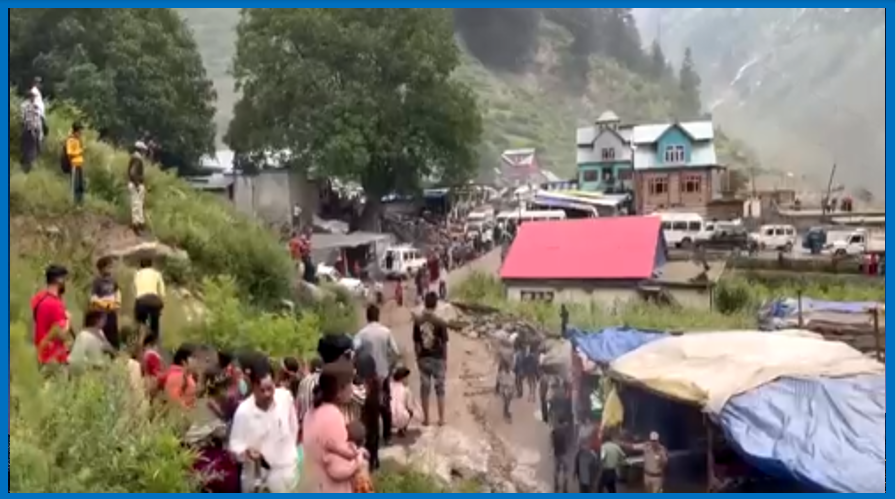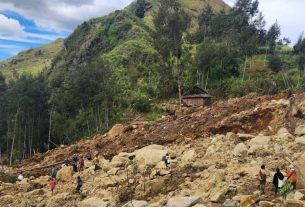Srinagar, August 14, 2025 — At least 34 people have died and more than 200 remain missing following a devastating cloudburst in the Kishtwar district of Indian-administered Kashmir. The disaster, triggered by sudden and intense rainfall, marks the second major calamity in the Himalayan region in just over a week.
📍 Location and Impact
The incident occurred in Chasoti, a town that serves as a stopover on the pilgrimage route to the Machail Mata temple, a high-altitude shrine dedicated to Goddess Durga. At the time of the cloudburst, a large number of pilgrims had gathered for lunch at a community kitchen near the site. The floodwaters swept away the kitchen, a nearby security post, and dozens of people.
Television footage showed scenes of panic and devastation, with pilgrims crying out as water inundated the village. Local officials described the situation as “grim,” with verified information slow to emerge due to the remote location and ongoing rescue efforts.
🚨 Emergency Response
Ramesh Kumar, Divisional Commissioner of Kishtwar, confirmed that local police, disaster response teams, and military units have been deployed to the scene. The Indian Army and Air Force have also been activated to assist in search and rescue operations.
The Indian Meteorological Department defines a cloudburst as a sudden downpour of over 100 mm (4 inches) of rain within an hour, often resulting in flash floods and landslides in mountainous regions during the monsoon season.
🌄 A Pattern of Himalayan Disasters
This tragedy follows a similar disaster in Uttarakhand, where a flood and mudslide engulfed an entire village just days earlier. Experts warn that such events are becoming increasingly frequent due to climate volatility and unregulated development in ecologically sensitive zones.
🗣️ Official Statements
Omar Abdullah, Chief Minister of Jammu and Kashmir, acknowledged the severity of the situation in a post on X (formerly Twitter), stating:
“The news is grim and accurate, verified information from the area hit by the cloudburst is slow in arriving”.
Local weather offices have issued warnings for further intense showers across Kashmir, urging residents to avoid unstable structures, electric poles, and old trees due to the risk of additional mudslides and flash floods.



